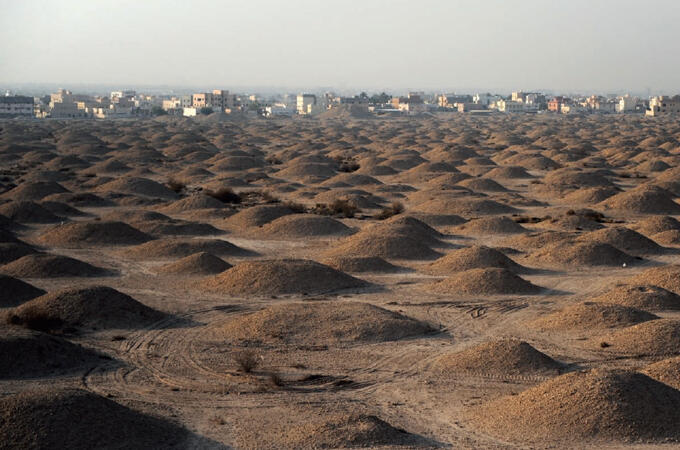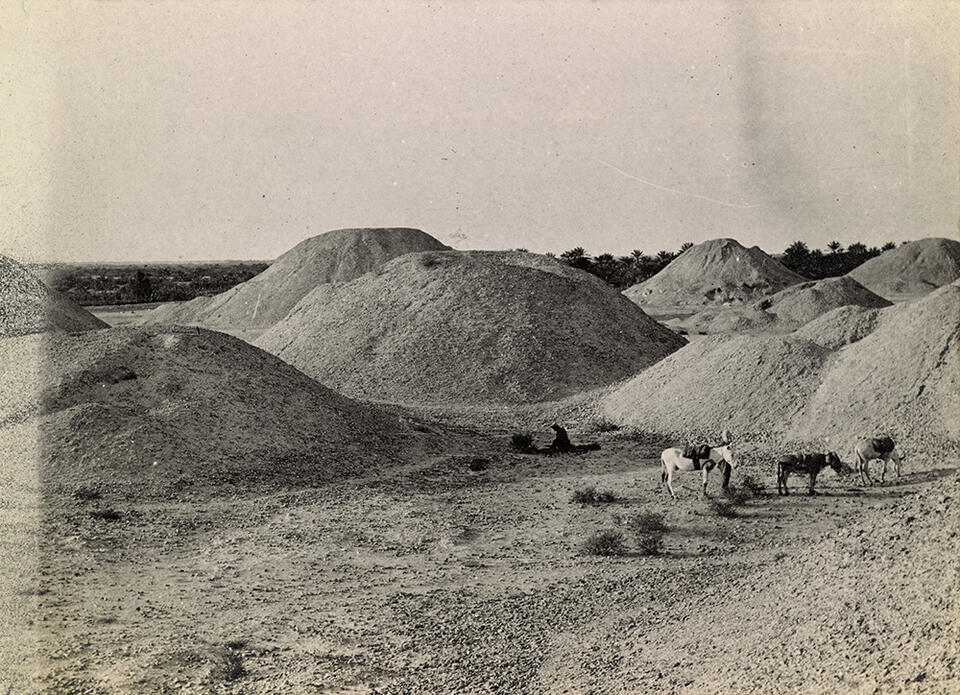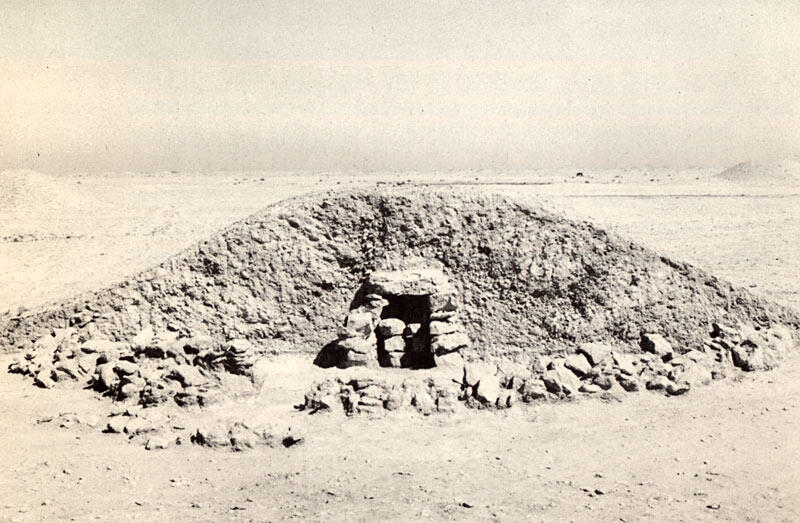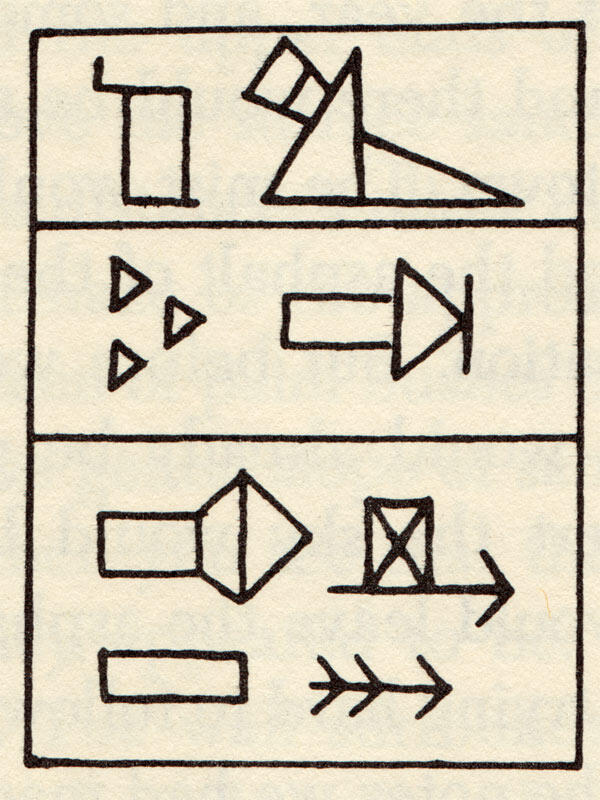May 18th, 2017
"I have a feeling that people do not 'discover lost civilizations'; but rather that, when the time is ripe, lost civilizations reveal themselves, using for the purpose whatever resources and people are to hand. This has, at least, been the case with Dilmun, which has gradually, over the last hundred years, swum back into the surface waters of history, after being completely submerged for twenty-four hundred years." So writes Geoffrey Bibby (p. 31), whose book Looking for Dilmun in 1969 was a big step in the rediscovery of Dilmun. Its many complex connections to ancient Indus civilization, were and are also still being driven by the efforts of a small museum in Denmark. Although Bibby, one of the first re-excavators of Dilmun was English, he went as part of an expedition run by the Prehistoric Museum of Aarhus, "a cosy little country museum, run by the local librarian in his spare time, and looked after by a white-haired old lady who opened the museum only to visitors when they rang the bell" (p. 13). But, he continues, "the idea of the Prehistoric Museum, on its shoestring fiannces, entering the field of Oriental excavation, a field reserved up to now for institutions of the calibre of the Metropolitan Museum of Art of New York, the British Museum, the Louvre, and the Berlin Museum, and the wealthier of the American universities, was completely preposterous–and irresistible. I wrote to Sir Charles Belgrave and asked whether the Bahrain government would approve of an expedition. And he wrote back that he had discussed the matter with the ruler, and Sheikh Sulman was full of enthusiasm for the idea."
Thus began a relationship in the 1960s that continues to the present day ("Denmark has a tendency to produce colorful archaeologists" says Libby) and has concentrated on the mounds, shown in a contemporary photography [Image 1] and one from 1918 [2]. It includes two papers by Steffan Terp Laursen at the Aarhus Museum that we will publish in the following days that point to the strong connections between Dilmun, which we know of from Mesopotamian sources, and ancient Indus cities. This includes the development of seal technology in Dilmun with Indus motifs, and icons of the royal house that show Indus influences. Could they suggest something about ancient Indus rulers? Many of these discoveries come from what Bibby, when asked in the 1960s, "Is there anything of interest to an archaeologist in Bahrain?" responded with a smile "Yes, I said, There is the largest prehistoric cemetery in the world."
The largest Bronze Age cemetery in the world was in an island kingdom which traded extensively with ancient Indus cities, and where the likelihood of finding objects that further our understanding of these connections, is high. It also fits in nicely with what we are finding out about deep Indus connections to the south of Bahrain, in Oman for example. Where are artifacts better preserved than in a dry desert?
Of one mound [3], Larsen writes, "One of the smaller Bahraini mounds, cut through in our first season of excavation, shows details of construction. The central stone chamber (the upper course of its sealing walls displaced by robbers) had stood for some time covered only by a minimal mound presumably awaiting its occupant. After the burial the mound was raised further, bounded by a ring of rough stones." (II., after p. 174).
This Inscription [4] of Ur-Nanshe, King of Lagash about 2520 B.C., records that ships of Dilmun brought him wood from foreign lands. It is the earliest document extant which mentions Dilmun. (Libby, p. 49)
1. Aali Burial mounds and Pottery workshops Bahrain
2. The burial mounds at Bahrain. Photograph by the Rev Edwin Aubrey Storrs-Fox, 1918.
3. Smaller Mound, Dilmun (Bahrain)
4. This Inscription of Ur-Nanshe, King of Lagash about 2520 B.C., records that ships of Dilmun brought him wood from foreign lands. It is the earliest document extant which mentions Dilmun (Libby, p. 49). The ancient Indus civilization was known as a wood exporter in neighboring Mesopotamia.








